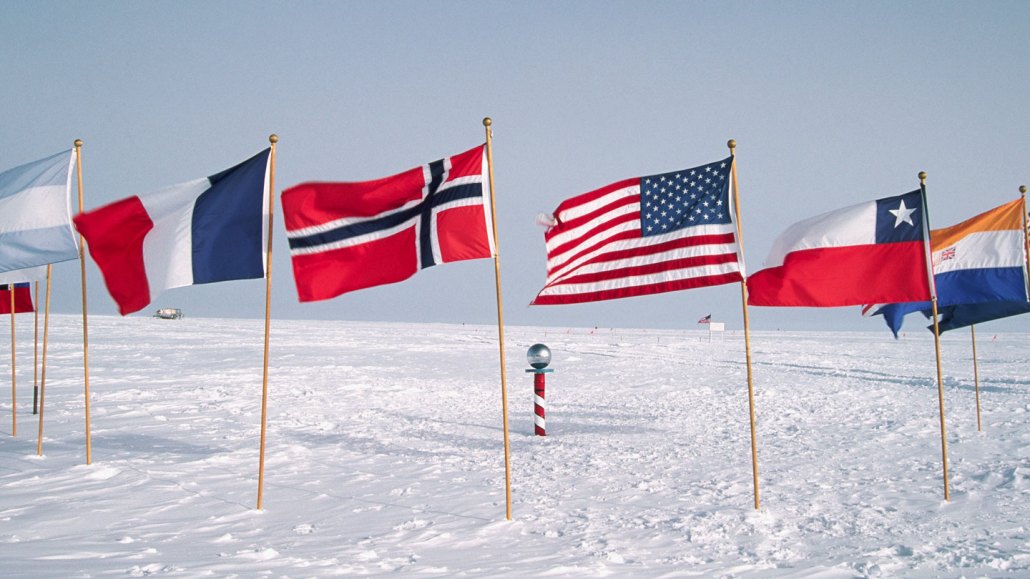axis: (in mathematics) The line to the side or bottom of a graph. It is labeled to explain the graph’s meaning and the units of measurement.
axis of rotation: The imaginary line about which something rotates. On a wheel, the axis would go straight through the center and stick out on either side. (in mathematics) An axis is a line to the side or bottom of a graph; it is labeled to explain the graph’s meaning and the units of measurement.
celestial: (in astronomy) Of or relating to the sky, or outer space.
force: Some outside influence that can change the motion of a body, hold bodies close to one another, or produce motion or stress in a stationary body.
Jupiter: (in astronomy) The solar system’s largest planet, it has the shortest day length (9 hours, 55 minutes). A gas giant, its low density indicates that this planet is composed mostly of the light elements hydrogen and helium. This planet also releases more heat than it receives from the sun as gravity compresses its mass (and slowly shrinks the planet).
magnet: A material that usually contains iron and whose atoms are arranged so they attract certain metals.
molecule: An electrically neutral group of atoms that represents the smallest possible amount of a chemical compound. Molecules can be made of single types of atoms or of different types. For example, the oxygen in the air is made of two oxygen atoms (O2), but water is made of two hydrogen atoms and one oxygen atom (H2O).
moon: The natural satellite of any planet.
poles: (in Earth science and astronomy) The cold regions of the planet that exist farthest from the equator; the upper and lower ends of the virtual axis around which a celestial object rotates. (in physics and electrical engineering) The ends of a magnet. (in chemistry) two areas of opposite electrical charge, one positive and one negative.

